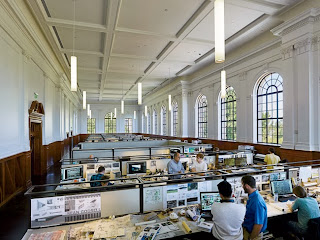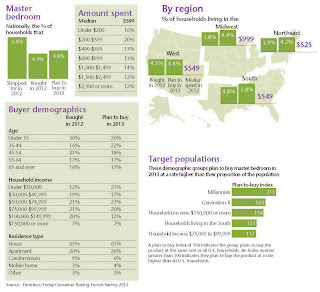What started off as a modest symbol for “number” on the keys of the telephone has risen in only six years to be one the strongest marketing tools of the 21st century, connecting hundreds of millions of people together. But what is it about this hashtag symbol that makes it so powerful for public relations, marketing and advertising firms?
The hashtag also crosses virtually every medium. It can be utilized on social media platforms such as its origin, Twitter, as well as Facebook, Instagram, Google+, and Flickr. The hashtag is also always making its way into non-interactive mediums like billboard messages and commercials. By using this symbol as a tool for brand awareness, business-to-business or business-to-consumer interaction is effectively elevated.
 |
| This infographic from Offerpop, sourced from PR Daily, documents the short but influential history of the hashtag. |












